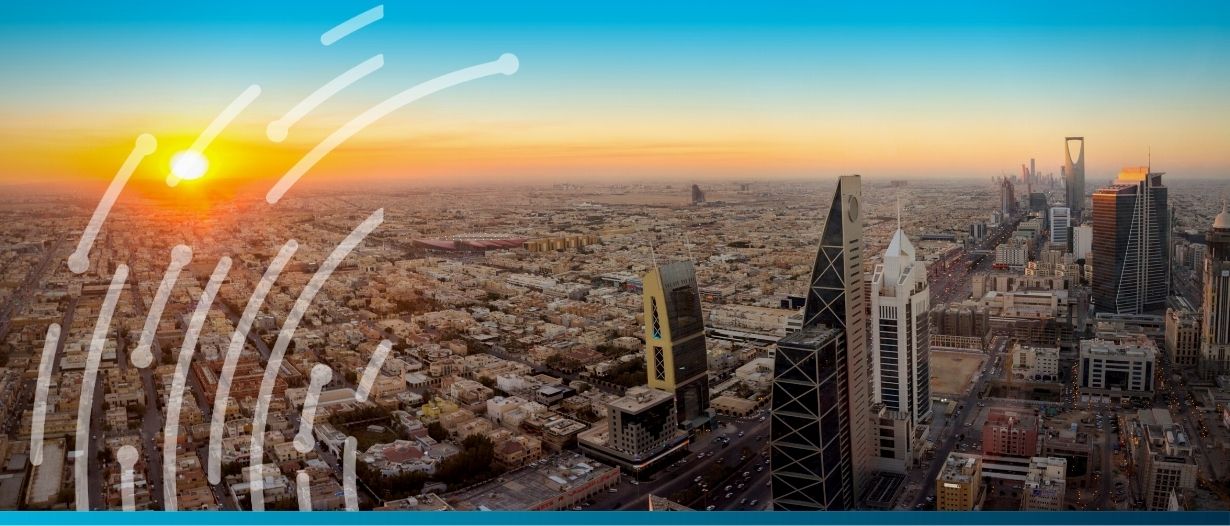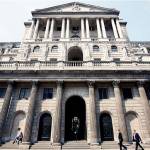Estimated reading time: 5 minutes
Moody’s Investors Service announced the long-term deposit ratings of ten banks in Saudi Arabia, as well as the senior unsecured and subordinated debt ratings of their affiliated entities, where applicable, from a stable to a positive outlook.
Moody’s has also affirmed the banks’ Baseline Credit Assessments (BCAs), Adjusted BCAs, Counterparty Risk Assessments (CR Assessments), Counterparty Risk Ratings (CRRs) and National Scale Ratings (NSRs), where applicable.
At the same time, Moody’s changed the outlook on the long-term deposit and senior unsecured debt ratings (where applicable) to positive from stable on nine banks while the long-term deposit rating outlook for one bank remained stable.
The outlook on the long-term deposit and senior unsecured debt ratings (where applicable) was changed to positive from stable for Saudi National Bank, Riyad Bank, Saudi British Bank, Banque Saudi Fransi, Arab National Bank, Bank AlBilad, The Saudi Investment Bank, Bank AlJazira and Gulf International Bank – Saudi Arabia. At the same time, the outlook for Al Rajhi Bank on the long-term deposit rating remains stable.
The rating action was primarily driven by Moody’s affirmation of the A1 Saudi government issuer rating and change in outlook to positive from stable on 17 March 2023, indicating potentially stronger capacity from the government to provide support for banks. The action also reflects improvements in the operating environment for banks and Moody’s expectation that the ongoing and planned diversification projects will increase Saudi Arabia’s trend growth rate in the non-hydrocarbon sector where banks largely operate improving bank’s standalone risk profiles.
Moody’s decision to affirm the ratings of the ten banks reflects the affirmation of their respective BCAs and Adjusted BCAs.
The affirmation of BCAs reflects the banks’ strong solvency profiles, with the nonperforming loans ratio for Moody’s rated banks at 2.1% as of December 2022, tangible common equity to risk weighted assets of 16% and net income to total tangible assets of 1.8%. The affirmation also takes into consideration their solid, albeit largely moderating, funding and liquidity profiles. While credit growth has outpaced deposit growth in recent years, banks still maintain Liquidity Coverage Ratios (LCR) and Net Stable Funding Ratios (NSFR) well above the minimum regulatory limit of 100%.
The affirmation of the ratings for all banks also captures the agency’s expectation of continued high or very high probability of government support for banks at times of stress.
Moody’s takes into consideration banks’ market share, government ownership, complexity and financial interconnectedness when assessing probability of support. The agency also notes the Saudi authorities’ strong track record of supporting banks at times of financial stress.

The outlook on long-term deposit and senior unsecured debt ratings (where applicable) for Riyad Bank, Saudi British Bank, Banque Saudi Fransi, Arab National Bank, Bank AlBilad, The Saudi Investment Bank, Bank AlJazira and Gulf International Bank – Saudi Arabia, was changed to positive from stable. The positive outlook takes into account (1) the positive outlook on the Government of Saudi Arabia’s A1 issuer rating – indicating potentially stronger capacity from the government to provide support for banks and (2) positive pressure on the banks’ financial fundamentals driven by the ongoing improvements in operating conditions which could lead to an upward revision of the Moderate+ Macro Profile that Moody’s assigns to Saudi Arabia.
Moody’s assessment of operating conditions takes into account the strong and sustained growth in the non-hydrocarbon economy which is expected to grow at 4.5% between 2023-2030 (as per Moody’s estimates), supported by expected growth in employment and exports as progress on the giga projects and other diversification initiatives continues to gather pace over medium term. These will positively impact the operating environment for banks and in turn improve the bank’s financial performance and credit risk profile.
The positive outlook on Saudi National Bank mirrors the positive outlook on the government’s issuer rating and captures the ongoing improvement in operating conditions in Saudi Arabia mentioned above. Also, it reflects the limited impact from the loss on its Credit Suisse investment on the bank’s solvency given its current ample capital buffers and the bank’s strong internal capital generation through profitability which is supported by a strong and diversified franchise.
Outlook maintained at stable
The stable outlook on Al Rajhi Bank’s A1 long-term deposit ratings indicates the limited upside pressure on these ratings given the proximity to the sovereign’s ratings. Additionally, given Al Rajhi Bank’s strong a3 BCA, Moody’s expects limited upward pressure on the standalone profile as the improvements in operating environment will be moderated by the significant growth in Al Rajhi Bank’s financing book and shift in funding profile towards increased reliance on investment deposits and market funding.
Factors that could lead to an upgrade or downgrade of the ratings
Upwards pressure on the long-term deposit ratings of Saudi National Bank, Riyad Bank, Saudi British Bank, Banque Saudi Fransi, Arab National Bank, Bank AlBilad, The Saudi Investment Bank, Bank AlJazira and Gulf International Bank – Saudi Arabia, could be triggered by a higher sovereign rating. Positive pressure on the banks’ BCAs could develop from improved operating conditions which would lead to improvement in banks’ financial performance.
Gulf International Bank – Saudi Arabia’s ratings can also be upgraded by an upgrade of the bank’s parent – Gulf International Banks BSC’s – BCA.
The positive outlook indicates a downgrade in the near term is less likely. However, downward pressure on these banks’ ratings could develop through a deterioration in the sovereign’s credit profile, or a material deterioration in the banks’ solvency and liquidity. Continued pressure on funding conditions could also put pressure on banks’ BCAs and consequently their long-term ratings.
Al Rajhi Bank’s long-term deposit ratings could be upgraded in the event of significant improvement in capital and liquidity buffers while maintaining its strong financial performance.
Downward pressure on the bank’s ratings could develop through a deterioration in the sovereign’s credit profile, or a material deterioration in the banks’ solvency and liquidity.

































